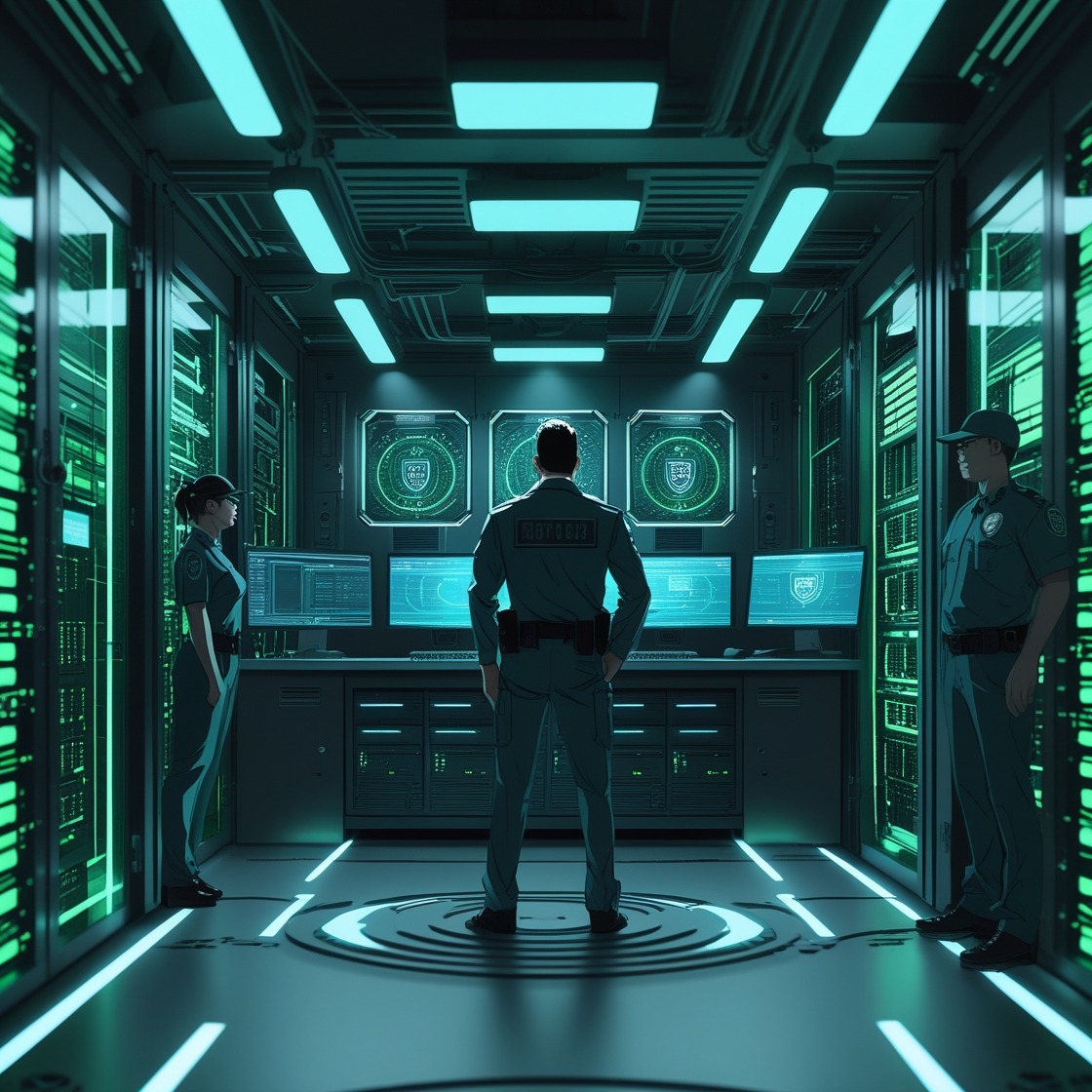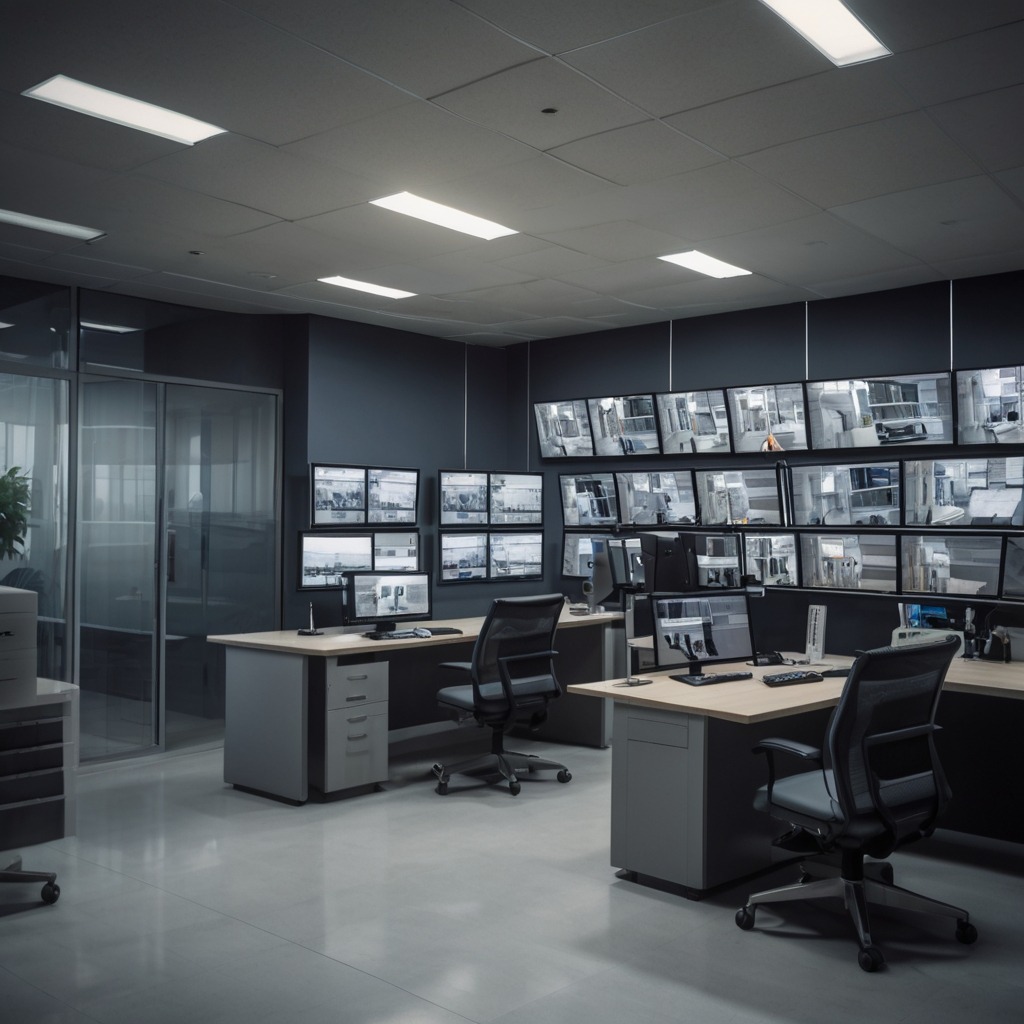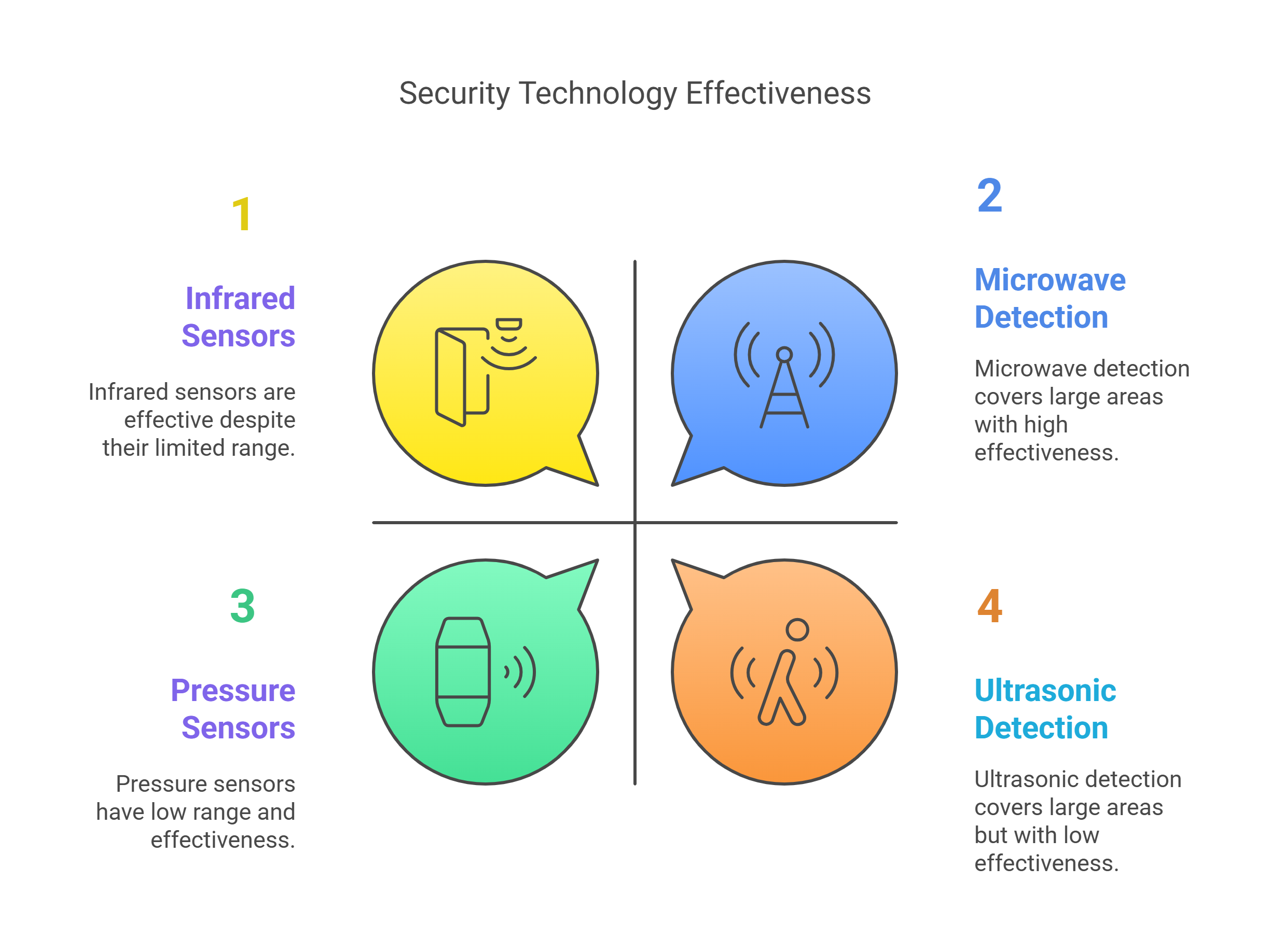
Physical Security in IT: A Guide to Protecting Your Organization (Beyond Just Firewalls)
Ever wondered why tech companies have those fancy rotating doors that make you feel like you're entering a spy movie? Or why data centers are built like modern-day fortresses? As it turns out, protecting digital assets requires more than just strong passwords and firewalls. Welcome to the world of physical IT security, where concrete barriers are just as important as code barriers.
The First Line of Defense: Barriers and Bollards
Remember playing Red Rover as a kid? Well, physical security barriers work somewhat similarly, except instead of stopping your friend Jimmy, they're designed to stop potential threats like unauthorized vehicles. These barriers, often in the form of bollards (those sturdy posts you see outside buildings), are like bouncers at an exclusive tech club – they make sure only the right "guests" get through.
These barriers aren't just functional; they're also psychological deterrents. Bright yellow bollards basically scream, "Hey, this is a secure area!" which is often enough to make potential troublemakers think twice. It's like putting a "Beware of Dog" sign on your fence – sometimes the warning itself is as effective as the actual security measure.
The Art of Access Control: Welcome to the Vestibule
If you've ever felt like you're in a James Bond movie while entering a secure building, you've probably encountered an access control vestibule. Think of it as an airlock for humans – a room where one door must close before another can open. It's like nature's own two-factor authentication! These vestibules come in various security flavors:
The "Basic Package":
Doors are usually unlocked, but only one can be open at a time
The "Premium Edition":
All doors are locked by default, requiring badge access
The "Ultra Secure":
One door remains permanently locked while the other is controlled by security
Some vestibules are cozy enough for just one person, while others can accommodate small groups – perfect for those awkward moments of standing in silence with your colleagues while waiting for security clearance.
Fencing: More Than Just Good Neighbors
Robert Frost might have said that good fences make good neighbors, but in IT security, good fences make good sense. Modern security fencing comes in two main varieties: the "window shopping" transparent style and the "what happens behind these walls stays behind these walls" opaque version.
For extra security, some facilities add razor wire at the top – not exactly welcoming, but that's kind of the point. It's like having a moat around your castle, except instead of crocodiles, you have very pointy wire.

Eyes in the Sky: CCTV and Smart Surveillance
Modern CCTV systems are getting smarter by the day. They're no longer just passive observers but active security participants with features like motion detection and facial recognition. Some can even read license plates, which is particularly helpful when someone claims their car was "definitely parked somewhere else."
These cameras are all networked together, creating a digital security blanket that covers entire facilities. Think of it as social media for security – everything gets recorded and stored, but with actually important content.
The Human Touch: Security Guards and ID Badges
While technology is great, sometimes you need the human touch. Security guards are the ultimate backup system – they can make judgment calls that automated systems can't. They often work in pairs, implementing what's called "two-person integrity." It's like having a buddy system, but for security.
ID badges are another crucial element. They're like your facility's version of a backstage pass, complete with your photo (usually taken on your worst hair day, naturally). These badges often double as electronic keys, logging every door you access – so no more blaming the intern for that 3 AM coffee room raid.
Lighting Up Security: The Power of Illumination
As it turns out, the best security feature might be the simplest: good lighting. Like vampires and bad selfies, most security threats prefer darkness. Well-lit areas are naturally more secure, especially when combined with strategic camera placement.
Modern security systems often incorporate various detection technologies:
Infrared sensors (for when you need to spot heat signatures)
Pressure sensors (because sometimes you need to know exactly where people step)
Microwave detection (for covering large areas)
Ultrasonic detection (using sound waves to detect movement, like a bat, but more high-tech)

Conclusion: Layered Security for the Win
Physical IT security is all about creating layers of protection, from the obvious (like fences) to the subtle (like pressure sensors). It's a combination of deterrents, detection systems, and response mechanisms working together to keep your organization's assets safe.
Remember, while cyber security gets all the headlines, physical security is equally crucial. After all, the world's strongest firewall won't help much if someone can simply walk into your server room with a USB drive and some determination.
By implementing these various security measures, organizations create a comprehensive security ecosystem that protects both digital and physical assets. And maybe, just maybe, it makes employees feel a little bit like secret agents every time they badge through that secure vestibule.
 Add Row
Add Row  Add
Add 



